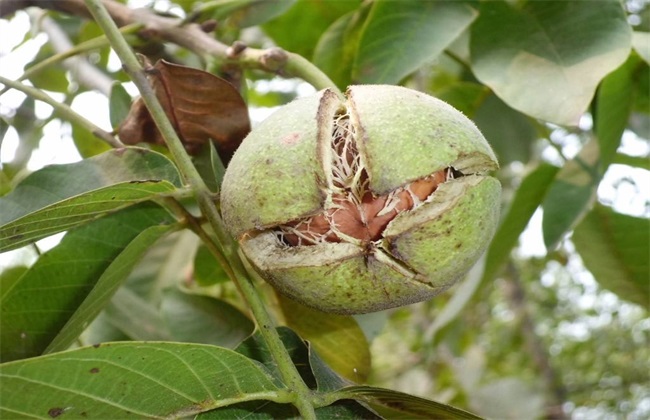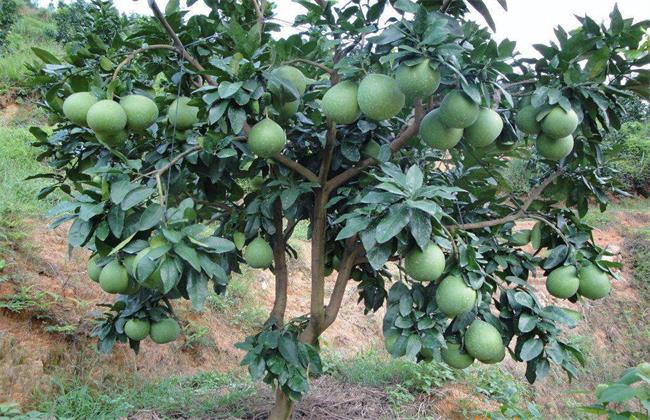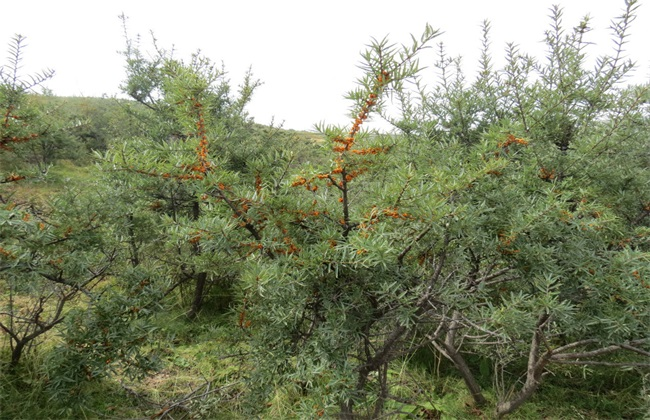Propagation methods of walnut
Walnut is a kind of nut originated in China. The main propagation methods of walnut planting include seed propagation, grafting propagation and cutting propagation. Among them, cutting propagation is the fastest and easiest way to survive. In addition, sowing must be artificially treated before sowing, otherwise the seed shell is too hard, and it is difficult for seedlings to be unearthed. The best way is to take scion grafting after seed propagation rootstock, which is the most widely used, the heredity is not affected, and the excellent characteristics of other varieties can be obtained. Let's take a look at the details right away.

First, sowing and reproduction
The collected seeds are sown in spring or autumn at the right temperature. The best sowing time in spring, March and April. Seeds must be accelerated by stratification before sowing, and it is difficult for direct seeding to germinate. The stratification site is in a warm place in the sun, and generally, one layer of sand and one layer of seeds, maintaining a temperature of 2 to 5 degrees. The humidity is at 60%. After two months of stratification, the seeds can be taken out and sown. So stratification should be carried out in advance. Or soak the seeds in cold water before sowing, soak the seeds and suppress them, change the water once a day, and then sow the seeds after a week of sun exposure. Hole sowing, sowing horizontally, covering soil about 6 cm, and then watering, management.
2. Grafting and raising seedlings
Generally use hickory as rootstock, wild hickory, strong adaptability, strong resistance, strong stem. Grafting other varieties can bear fruit ahead of time. The scion selects the medium sturdy branches of the annual healthy, disease-free and pest-free internodes of the robust mother plant of excellent varieties. Many scions can be preserved in wet sand. The rootstock should be about 1.5 cm thick and grafted at about 10 cm off the ground. Immediately after the cut to graft, bleeding affect survival, scion can be placed in the mouth to prevent bleeding. Split grafting is generally used. After fixing, check frequently, remove the sprouting, and remove the film after survival.
3. Cutting propagation
General cutting is the fastest way to grow seedlings, cut the upper part of the mother plant one-year-old to 3-year-old branches, to 1.5 cm thick branches, take branches about 15 cm long, but also need to prune some, and finally cut 10 cm branches. Leave three to four leaves at the top of the branch, then soak the lower end with rooting powder alcohol solution, then cut it on a moist seedbed, cover pine needles for heat preservation, cover the sunshade net, and control between 18 and 25 degrees, no more than 30 degrees and no less than 10 degrees. Maintenance is needed at a later stage.
IV. matters needing attention
Sowing should pay attention to as long as it can make the shell slotted inside the seed without damage, no matter what method can be used, as long as it can promote germination and break through the seed shell. Grafting can choose a better rootstock or scion, as long as it gives the plant better growth characteristics at the same time. Cutting rootless in the early stage, to moisturize, to maintain the vitality of the cutting, but not too much, resulting in the lower end of rot can not take root.
Compared with other fruit trees, walnut reproduction is more difficult in either way, so more methods should be used to help reproduction. However, each of the three methods has its own advantages, so it depends on its own choice, and the method of growth and reproduction should be determined according to time and requirements.
Related
- Moge, come on! The staff of the peasant association in the producing area of cantaloupe were frightened when the crowd gathered.
- Causes and Solutions of low Fruit setting rate of Apple
- Symptoms and control measures of passion fruit virus disease
- Fruit growing lesson: how do apple orchards keep high yields?
- Can you build orchards in the mountains? What are the pros and cons?
- How to manage the coloring period of Crisson grape?
- This paper introduces the processing technology of two kinds of fig products.
- How much is a month for retired teachers in rural areas by 2020?
- How can strawberry planting increase sugar content? We should pay attention to management in many aspects.
- What are the cultivation techniques on how to improve the yield of golden fruit?



